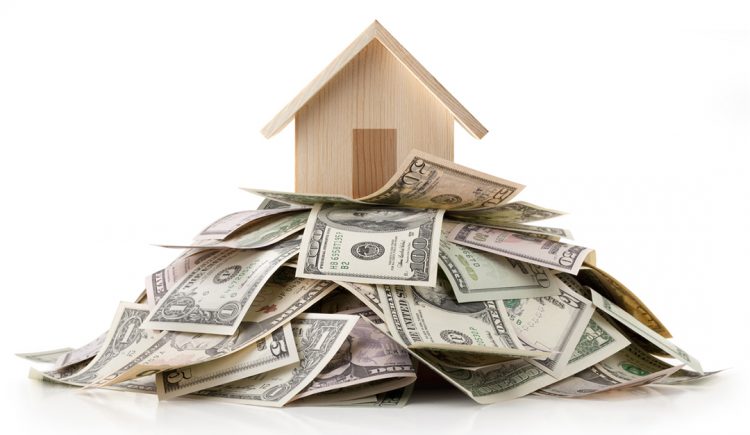Increasing price tags for homes nationwide are showing no signs of slowing amid ongoing pandemic-induced migration into suburban housing markets from the metropolitan area.
According to the most recent S&P CoreLogic/Case-Shiller Indices, home prices saw a 13.2% gain in March, up from 12% in February. According to experts, this continues to mark record numbers that haven’t been seen since 2005.
Year-over-year, the 10-City Composite increased 12.8%, while the 20-City Composite increased 13.3%.
All 20 cities reported higher YoY price increases in March versus the month prior. Phoenix, San Diego and Seattle continued to lead the pack with the highest increases in price tags—the markets saw price increases of 20%, 19.1% and 18.3%, respectively.
The complete data for the 20 markets measured by S&P:
Atlanta, Ga.
March/February: 1.8%
Year-Over-Year: 11.2%
Boston, Mass.
March/February: 2.6%
Year-Over-Year: 14.9%
Charlotte, N.C.
March/February: 2.6%
Year-Over-Year: 13.5%
Chicago, Ill.
March/February: 1.9%
Year-Over-Year: 9.0%
Cleveland, Ohio
March/February: 2.0%
Year-Over-Year: 12.9%
Dallas, Texas
March/February: 2.8%
Year-Over-Year: 13.4%
Denver, Colo.
March/February: 3.3%
Year-Over-Year: 13.4%
Detroit, Mich.
March/February: 1.1%
Year-Over-Year: 12.1%
Las Vegas, Nev.
March/February: 2.3%
Year-Over-Year: 10.6%
Los Angeles, Calif.
March/February: 2.3%
Year-Over-Year: 13.4%
Miami, Fla.
March/February: 1.8%
Year-Over-Year: 12.2%
Minneapolis, Minn.
March/February: 1.7%
Year-Over-Year: 11.0%
New York, N.Y.
March/February: 0.6%
Year-Over-Year: 12.3%
Phoenix, Ariz.
March/February: 3.3%
Year-Over-Year: 20.0%
Portland, Ore.
March/February: 2.6%
Year-Over-Year: 13.5%
San Diego, Calif.
March/February: 3.2%
Year-Over-Year: 19.1%
San Francisco, Calif.
March/February: 3.2%
Year-Over-Year: 12.2%
Seattle, Wash.
March/February: 4.7%
Year-Over-Year: 18.3%
Tampa, Fla.
March/February: 1.9%
Year-Over-Year: 13.7%
Washington, D.C.
March/February: 2.4%
Year-Over-Year: 12.2%
What the Industry Is Saying:
“Housing prices continued to rise robustly in March 2021. The market’s strength is broadly-based: all 20 cities rose, and all 20 gained more in the 12 months ended in March than they had gained in the 12 months ended in February. More than 30 years of S&P CoreLogic Case-Shiller data put these results into historical context.
“The National Composite’s 13.2% gain was last exceeded more than 15 years ago in December 2005 and lies very comfortably in the top decile of historical performance. The unusual strength is reflected across all 20 cities; March’s price gains in every city are above that city’s median level and rank in the top quartile of all reports in 19 cities.
“These data are consistent with the hypothesis that COVID has encouraged potential buyers to move from urban apartments to suburban homes. This demand may represent buyers who accelerated purchases that would have happened anyway over the next several years. Alternatively, there may have been a secular change in preferences, leading to a permanent shift in the demand curve for housing. More time and data will be required to analyze this question.” — Craig J. Lazzara, Managing Director and Global Head of Index Investment Strategy at S&P Dow Jones Indices
“It is no surprise to see further strengthening in home prices in light of very tight supply conditions. The Case-Shiller Index, moreover, will set an all-time high for price appreciation in a month or two. Multiple offers are prevalent, and supply will take time to develop. Only around autumn months will there be some calming of the market.” — Dr. Lawrence Yun, Chief Economist, National Association of REALTORS®
Jordan Grice is RISMedia’s associate content editor. Email him your real estate news to jgrice@rismedia.com.












